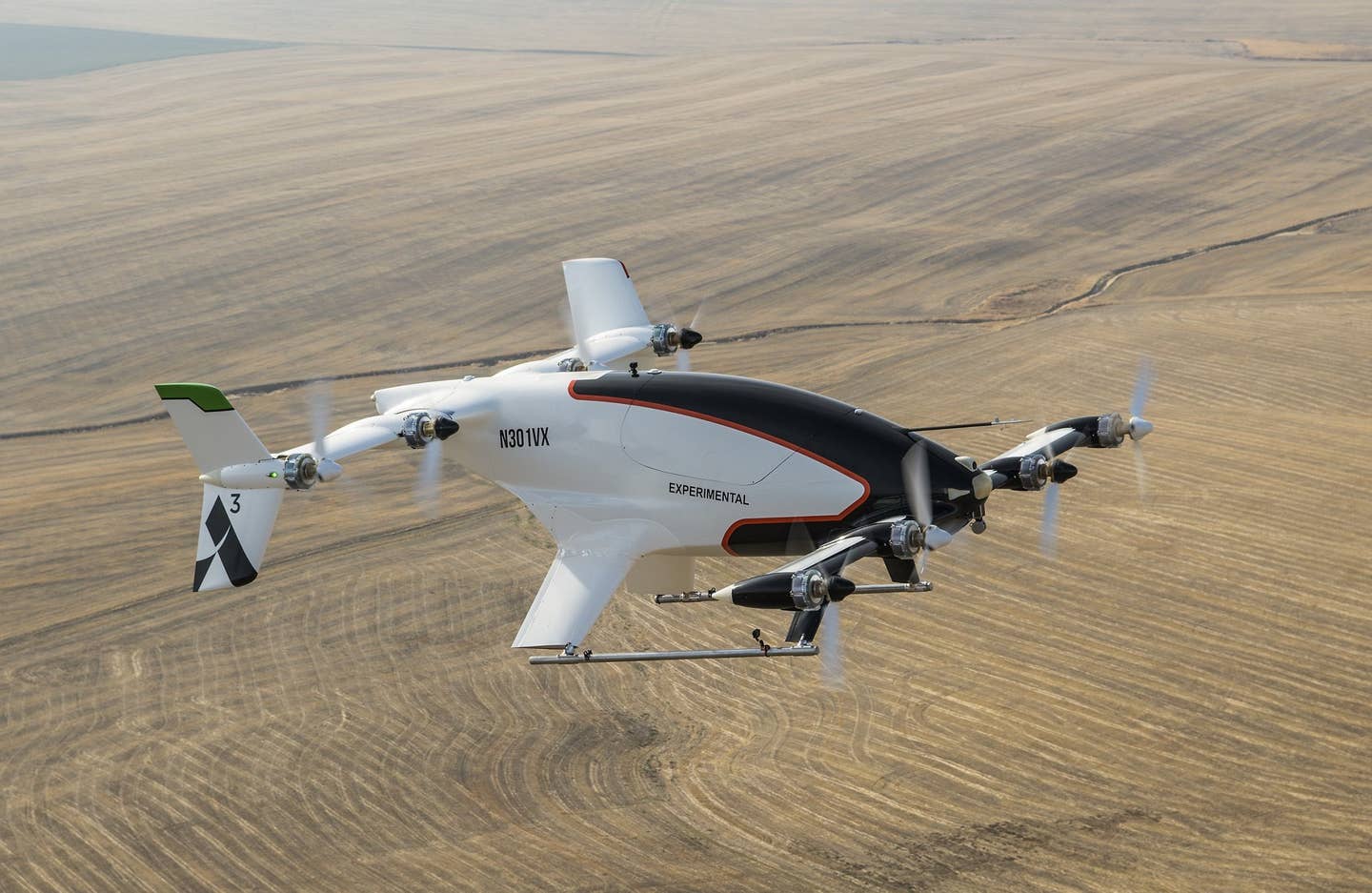Cool Your Jets On Electric Helicopters, Says Airbus Helicopters Head
Conventional helicopters, he warns, will be here for decades.

Airbus’ experimental eVTOL the Vahana. Photo courtesy Airbus.
Airbus Helicopters President Romain Trapp isn't so sure we should be putting all our rotorcraft eggs in the eVTOL basket. While the magic of electronic vertical takeoff and landing has captured the public imagination, he said during a Helicopter Association International webinar that it could be decades before that rabbit comes out of the hat.
"We have to learn," he said, "and hopefully we are going to find a game-changing technology, which I don't see today."
Trapp's concern centers on safety, noting that it's far easier to fly an autonomous aircraft in isolation versus in crowded airspace, and "sense and avoid" is still beyond the horizon. "The technology is not there yet, and the regulatory environment has not even been defined. And for good reason. At the end of the day, we still have a long way to go to be able to do so."
Autonomous operations are often considered best suited for the so-called "Three Ds---" Dirty, Dangerous and Dull. These would include monitoring toxic waste sites, flying low-level search missions in bad weather and/or hazardous terrain, and monotonous pipeline or powerline patrol.
Trapp sees eVTOL as a future partner to conventional helicopters rather than a replacement. For example, search-and-rescue operations will continue to be flown by manned helicopters, in his view, citing the complexity of hoist operations as one reason.
But that's not to say Airbus isn't committed to research in the air-mobility arena. Its City Airbus demonstrator and Vahana research aircraft project have advanced the technology in their own ways. "We have invested a lot of money and will continue to do so," Trapp said.

Subscribe to Our Newsletter
Get the latest Plane & Pilot Magazine stories delivered directly to your inbox






